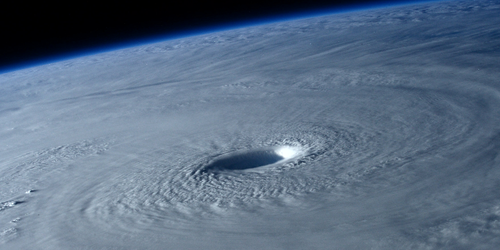

Weather forecasting has evolved by leaps and bounds during the last several decades. Before 1950, there were no useful operational weather forecast models for meteorologists to study each day. Beginning in the 1860s, a network of reporting sites around the country were organized to allow meteorologists to draw crude weather maps that could represent the current situation. The meteorologists would then use these maps of the current situation to anticipate how things would be changing the next day or two. This was an improvement in the field, but left a lot to be desired, as the direction and speed with which systems moved was truly anyone's guess. The idea of using computers to aid in weather forecasting was hatched in 1904 by a Norwegian scientist named Vilhelm Bjerknes. His idea of having computers solve equations to model the atmosphere was then taken up by a British mathematician named Lewis Fry Richardson. Unfortunately, computers were so slow at that time that making a 6 hour forecast took weeks to solve! Thankfully, as computers became more powerful in the 1950s and 1960s, the science of weather forecasting took giant strides during the decades to follow.
The field of forecasting using weather models is known as "numerical weather prediction." Numerical weather prediction is based on the fact that air acts like a fluid as it moves around the globe. The movement that occurs is accomplished by solving various equations known as algorithms. However, before the calculations can begin, the forecast models have to be initialized with current data. Initializing a forecast model is achieved by taking in as many current weather observations that are available around the world. These observations are gathered by weather balloon launches that occur at a synchronized time, 2 times a day. These launches collect the current levels of humidity, temperature, and wind at various heights. In addition, weather satellites are also able to supplement the amount of current weather information that is available. This is especially helpful in areas of the world that are sparsely populated, or over the vast oceans.
Next week's lesson will talk about the differences between the various forecast models that are available!





